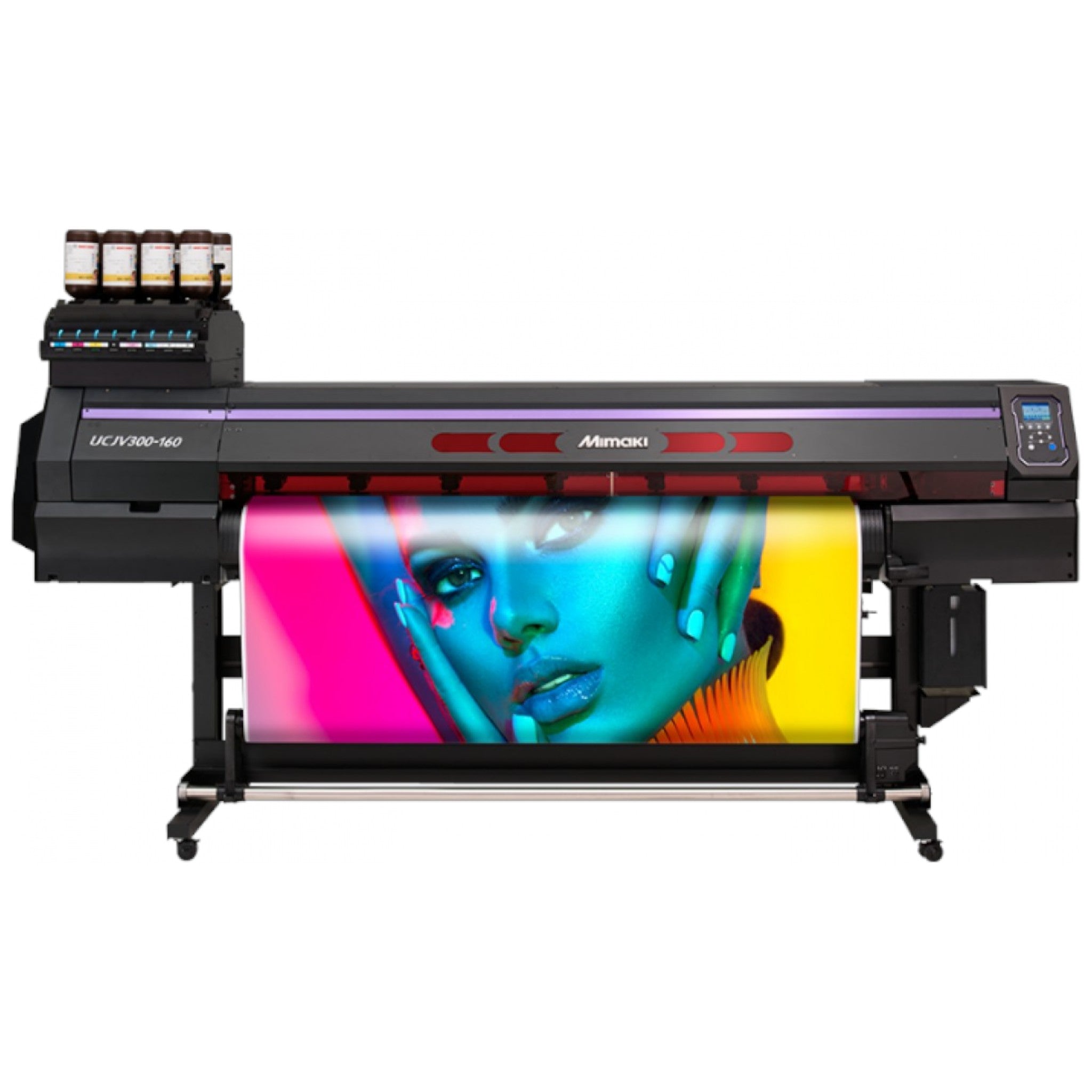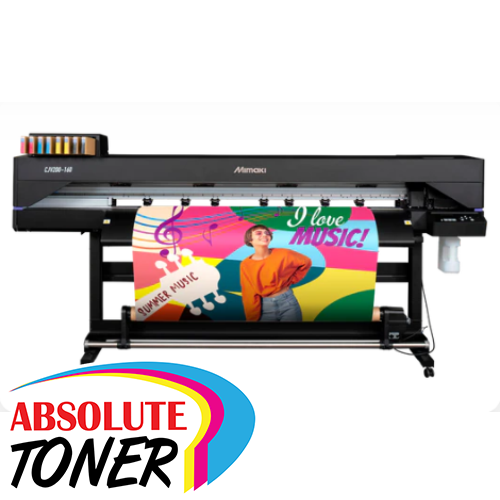
Wide Format Printers for Engineers: The Ultimate Guide
In the world of engineering, the ability to print accurate and detailed plans and schematics is essential. That's where wide format printers come in. These printers allow engineers to create large, detailed prints that accurately represent their designs. In this article, we'll take a closer look at what wide format printers are, how they work, and the different types available. We'll also provide tips on what to look for when purchasing a wide format printer for engineering purposes.
Table of Contents
- What are wide format printers?
- How do wide format printers work?
- Types of wide format printers
- Inkjet
- Laser
- Advantages of wide format printers for engineering
- Considerations when choosing a wide format printer
- Print quality
- Speed
- Size and capacity
- Cost
- Top wide format printers for engineering
- HP DesignJet Z9+ Printer series
- Canon imagePROGRAF PRO-1000
- Epson SureColor P8000
- Maintenance and upkeep of wide format printers
- Common issues with wide format printers and how to troubleshoot them
- Tips for getting the most out of your wide format printer
- Conclusion
- FAQs
What are wide format printers?
Wide format printers, also known as large format printers, are designed to print larger documents than traditional printers. They are commonly used in engineering, architecture, and graphic design, where larger prints are often required. These printers can print on a variety of media, including paper, vinyl, canvas, and even metal.
How do wide format printers work?
Wide format printers work in a similar way to traditional printers, but on a larger scale. Instead of using standard 8.5 x 11-inch paper, wide format printers use rolls of paper or other media that can be up to several feet wide. The printer head moves back and forth across the paper, laying down ink or toner to create the image or text. Some wide format printers use multiple ink cartridges, allowing for a wider range of colors and greater accuracy.
Types of wide format printers
There are two main types of wide format printers: inkjet and laser.
Inkjet
Inkjet printers use liquid ink that is sprayed onto the paper. They are typically more affordable than laser printers and are better suited for printing photos or color graphics. However, the ink can be prone to smudging and can be less durable than toner.
Laser
Laser printers use toner, which is a dry powder that is melted onto the paper. They are more expensive than inkjet printers but are better suited for printing text or line drawings. Laser prints are generally more durable than inkjet prints and are less prone to smudging.
Advantages of wide format printers for engineering
Wide format printers offer several advantages for engineering professionals:
- Ability to print large, detailed plans and schematics
- Faster printing speeds than traditional printers
- Greater accuracy and color range than traditional printers
- Ability to print on a variety of media
Considerations when choosing a wide format printer
When choosing a wide format printer for engineering purposes, there are several factors to consider:
Print quality
Look for a printer that offers high-resolution printing for accurate and detailed plans and schematics.
Speed
Choose a printer that can print quickly to help you meet deadlines.
Size and capacity
Consider the size of the printer and its paper capacity to ensure it can handle the types of prints you need.
Cost
Wide format printers can be expensive, so consider your budget and the ongoing costs of ink or toner.
Top wide format printers for engineering
Here are three of the top wide format printers for engineering purposes:
1. HP DesignJet Z9+ Printer series
The HP DesignJet Z9+ Printer series offers exceptional print quality and color accuracy, making it an ideal choice for engineering professionals. It uses HP's new high-definition printhead technology, which delivers sharper, more accurate prints with a wider color gamut. The printer can handle media up to 44 inches wide and has a built-in spectrophotometer for color calibration. The Z9+ also includes advanced security features, such as secure boot and firmware validation, to protect your confidential data.
2. Canon imagePROGRAF PRO-1000
The Canon imagePROGRAF PRO-1000 is a top-of-the-line printer that is ideal for engineering applications. It uses 12 individual Lucia Pro ink cartridges to deliver stunning color accuracy and detail. The printer can handle media up to 17 inches wide and includes a built-in color densitometer for precise color calibration. The PRO-1000 also includes advanced software, such as Canon's Print Studio Pro plug-in, which allows for seamless integration with popular design software.
3. Epson SureColor P8000
The Epson SureColor P8000 is a powerful and versatile printer that is well-suited for engineering applications. It uses Epson's PrecisionCore technology to deliver exceptional print quality and speed. The P8000 can handle media up to 44 inches wide and includes a built-in spectrophotometer for precise color calibration. The printer also includes advanced features, such as a roll paper adapter and automatic nozzle checking, to enhance productivity and reliability.
Maintenance and upkeep of wide format printers
Proper maintenance and upkeep of your wide format printer is essential to ensure its longevity and performance. Here are some tips to keep in mind:
- Regularly clean the printer head and other components to prevent clogs and buildup.
- Use only high-quality ink or toner cartridges to ensure the best print quality.
- Store paper and other media in a dry, cool environment to prevent moisture damage.
- Follow the manufacturer's recommended maintenance schedule and procedures.
Common issues with wide format printers and how to troubleshoot them
Like any piece of technology, wide format printers can experience issues from time to time. Here are some common problems and solutions:
- Clogged printer heads: This can be caused by using low-quality ink or not using the printer regularly. Try running a cleaning cycle or using a specialized cleaning solution.
- Paper jams: This can be caused by using the wrong type of paper or overloading the printer. Make sure to use the recommended paper type and follow the printer's paper capacity guidelines.
- Poor print quality: This can be caused by a variety of factors, including clogged printer heads or low-quality ink. Try cleaning the printer head, using high-quality ink, and adjusting the print settings.
Tips for getting the most out of your wide format printer
To maximize the performance and longevity of your wide format printer, consider these tips:
- Use high-quality paper and media for the best print results.
- Keep the printer in a clean and dry environment to prevent damage.
- Use the recommended settings and profiles for your specific media type.
- Follow the manufacturer's recommended maintenance schedule and procedures.
- Use a printer cover when not in use to prevent dust buildup.
Conclusion
Wide format printers are an essential tool for engineering professionals who need to print large, detailed plans and schematics. When choosing a wide format printer, consider factors such as print quality, speed, size and capacity, and cost. With proper maintenance and upkeep, a wide format printer can provide years of reliable performance.
Trending Top Sellers
- Choosing a selection results in a full page refresh.








